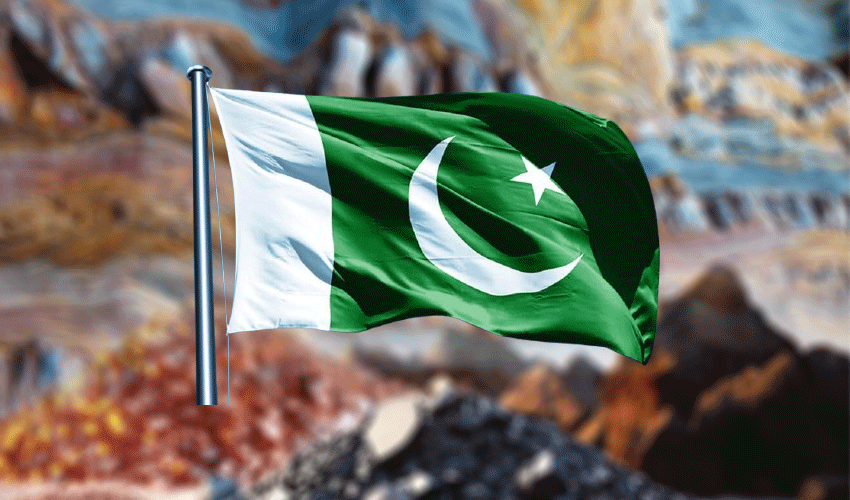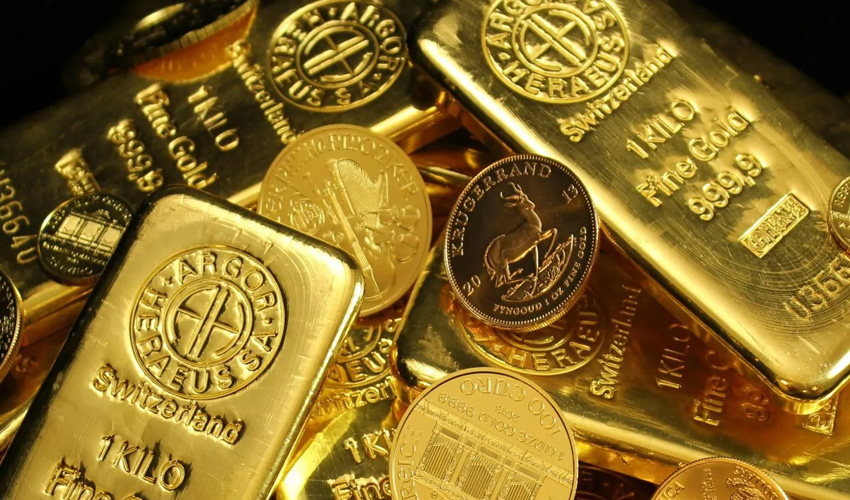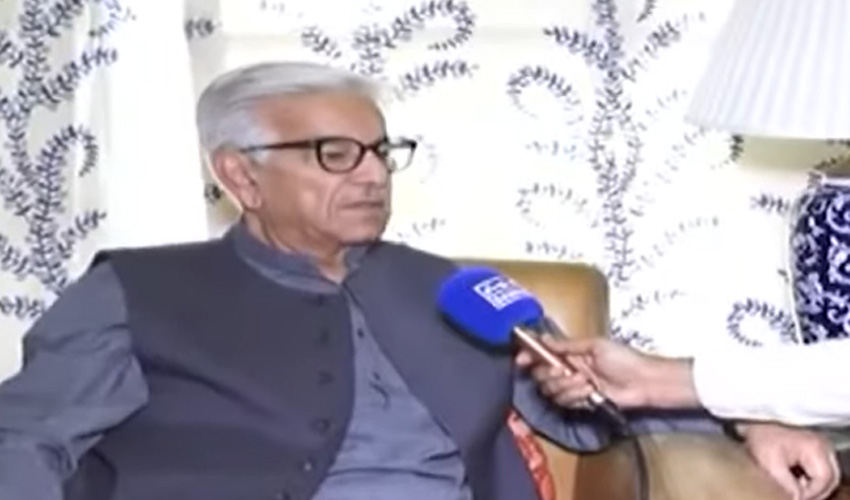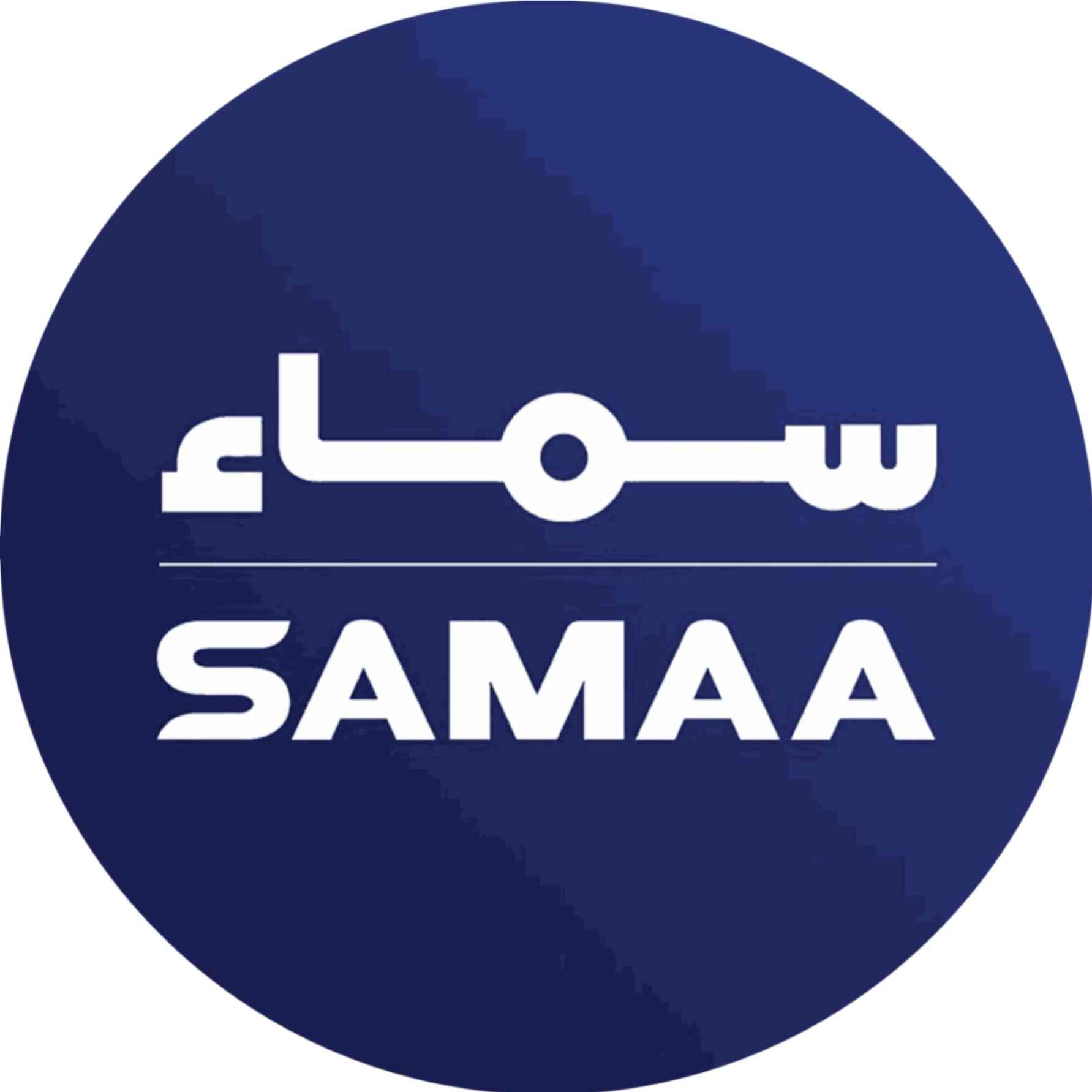In Pakistan's arid plains and rocky mountains are minerals estimated to be worth $8 trillion — a fortune for a nation struggling with an economic crisis, political turmoil, and a bruised international image.
More than seven decades of lost chances finally saw the Pakistani state making serious efforts to unlock its mineral wealth, inviting foreign investors with the promise of reform, regulation, and revenue.
But as Islamabad headlines declare the dawn of a mineral revolution, a more profound question remains: Will Pakistan reap true value from its subterranean gold, or will it once more be satisfied with scraps from the table while foreigners dine on its riches?
The Reko Diq moment of change
The touchstone symbol of this new push is the Reko Diq gold and copper project in Balochistan — the world's largest untapped repository of these metals. The property, hobbled for years by legal problems and political intrigue, is now the focus of a multi-billion-dollar venture between Canada's Barrick Gold, Pakistan Petroleum Limited (PPL), Oil and Gas Development Company Limited (OGDCL), Mari Gas, and the Government of Balochistan.

This gigantic project is touted as the icon for foreign direct investment in the industry. Yet, this is widely viewed by many as a high-stakes test of Pakistan's overall mineral aspirations.
Will the state be able to bargain a reasonable bargain that suits both investors and citizens? Can it guarantee environmental protection and openness of revenue streams? And most fundamentally, can it guarantee the minerals as a vehicle of national development and not of provincial grievances?
A $8 trillion opportunity – Or a trap?
Based on estimates that were highlighted at the Pakistan Minerals Investment Forum 2025 (PMIF-25) — organized in April in Islamabad — the nation is poised with more than 92 known minerals, 52 of which are being commercially utilized. These comprise coal, chromite, copper, gold, rare earth minerals, lithium, and others.

The forum, organized by the Oil and Gas Development Company Limited (OGDCL) in association with the Special Investment Facilitation Council (SIFC) and other government-owned institutions, welcomed more than 2,000 guests, out of which 300 were delegates representing countries such as China, Saudi Arabia, the U.S., and Russia.
Pakistan also launched its National Minerals Harmonisation Framework (NMHF) 2025, a groundbreaking policy change that seeks to stop the raw export of minerals and instead advance the semi-finished and finished goods. The target? Encourage local industry, create jobs, and ascend the global value chain in mining — a move that, if implemented, can be revolutionary.
The elephant in the mine
In spite of the ambitious plan, there are grave challenges. The majority of Pakistan's mineral resources are in provinces such as Balochistan and Khyber Pakhtunkhwa (KP) — areas that have been hit by insurgency, militancy, and weak governance. In Balochistan, grievance over exploitation and denial of economic dividends has ignited ethnic and religious militancy for decades. The concern is that mineral extraction without participation will further exacerbate fissures.
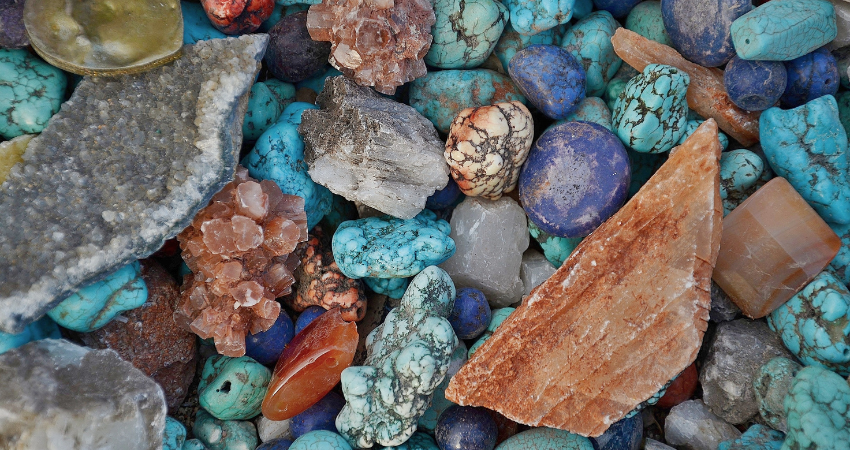
In addition, a large number of mineral-producing districts are practically beyond the state's full reach. Security issues, kidnappings, sabotage, and attacks on infrastructure have discouraged investment in the past and may do so again unless the state demonstrates its writ.
The SIFC — a civil-military institution established in 2023 — is being set up as the driving force for mineral development. Only time will tell if this formidable institution can overcome the civil-military chasm, balance federal and provincial interests, and revive investor faith in the rule of law.
Who gets what?
In most developing nations, extraction of resources turns into a zero-sum game where foreign investors get the maximum out of it while the locals are left with nothing but environmental pollution and broken promises. Pakistan risks repeating that same cycle.
Critics say previous arrangements with overseas companies have resulted in unbalanced revenue sharing, failures of local job creation, and insignificant reinvestment in mining areas. The NMHF 2025 aims to solve this by imposing local beneficiation as well as forging incentives for domestic processing. Success, however, hangs on strong implementation and not mere policy pronouncements.
Transparency will also be crucial. Mineral contracts need to be made public, environmental and social impact assessments must be disclosed, and communities need to be consulted — not coerced — during the planning and implementation stages.
One of the most neglected sectors in Pakistan's mining drive is the lack of trained labor. The industry needs trained geologists, engineers, safety professionals, and process technologists. However, Pakistan's vocational infrastructure is inadequate, archaic, and isolated from industry requirements.
There is a crying need to harness the mineral sector as an instrument of national integration, and not another cleavage for disunity. KP and Balochistan's local people have felt isolated from national progress discourses long enough. All success in the mining industry should involve royalty sharing, community improvement, environmental protection, and quotas for local jobs.
This means that, for example, the Reko Diq deal has to break new ground. The agreement has to have terms for local employment, environmental restoration, profit re-investment, and regional infrastructure development such as roads, schools, and hospitals.
Involvement creates ownership. Ownership establishes peace. And peace is the basis for sustainable investment.
Beyond the IMF
Prime Minister Shehbaz Sharif recently made the comment that increasing mineral exports could help alleviate Pakistan's dependence on the IMF. That is a daring statement — but one that is not impossible.
Others, such as Chile (copper), Botswana (diamonds), and Indonesia (nickel), have managed to exploit their mineral wealth to develop national capacity. Pakistan, if it steers clear of corruption, environmental disregard, and rent-seeking, can do the same.
But this takes long-term vision, political will, and honest government — things that are in short supply.
Pakistan is at the crossroads. It can either develop a responsible, inclusive, and sustainable mineral economy — or waste yet another chance in a long series of lost opportunities.
The Reko Diq project, the NMHF 2025, and the PMIF-25 forum provide grounds for guarded optimism. But unless the government is able to provide security, develop local capacity, practise transparency, and treat provinces as partners, the nation will once more see others take its wealth away.
Minerals may be Pakistan's economic salvation — but only if managed with wisdom, patience, and justice.





